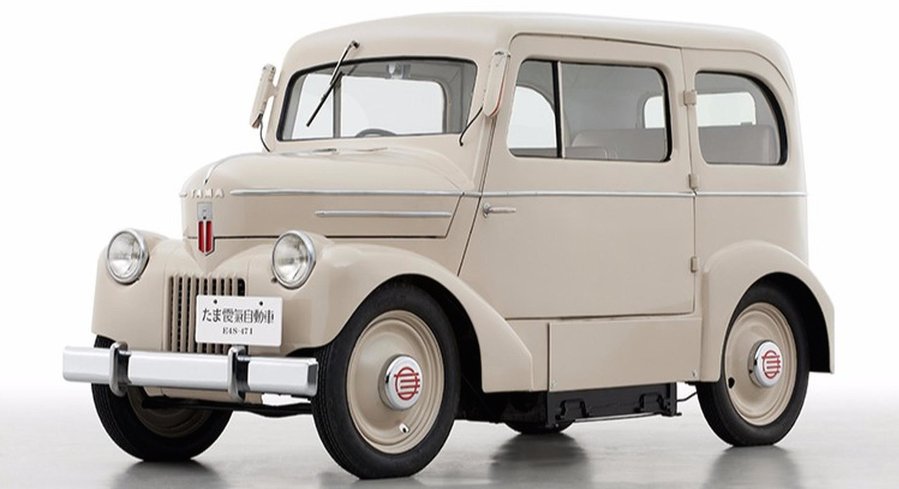Nissan Celebrates 70 Years Since Hitting The Ev Scene

The success of the Leaf has made Nissan one of the leading players in the electric vehicle segment. Now, the company is highlighting a much earlier chapter of its EV story by shining a light on the Tama.
Gasoline was still hard to come by in Japan in the late 1940s, but powerplants were still churning out electricity. An EV seemed like the obvious answer. Around 200 former workers at Tachikawa Aircraft joined the Tokyo Electro Automobile Company. Their first product in 1947 was a small pickup, and this four-seater passenger car became part of the lineup soon afterward.
Power came from a DC motor producing 4.5 horsepower (3.3 kilowatts). Two lead-acid batteries sat in compartments underneath the vehicle. They could roll out to make switching out the batteries easy. The 40-volt, 162-amp-hour powertrain allowed for 40 miles (65 kilometers) on a charge. The top speed was a leisurely 22 miles per hour (35 kilometers per hour).
The models were successful enough for the company to grow its lineup with the Tama Junior a compact passenger car in 1948 and larger Tama Senior in 1949. Tokyo Electro Automobile Company eventually changed its name to the Tama Motor Company and again later to the Prince Motor Company. In 1966, Prince became part of Nissan, including bringing the Skyline to the automaker's lineup.
Nissan is currently preparing to write the next chapter in its EV story by debuting the next-gen Leaf in early September. The hatchback will be available with the company's ProPilot driver assistance tech that will be able to handle acceleration, braking, and steering in a single lane of the freeway. Base models will reportedly be capable of a range around 150 miles (241 kilometers), but an optional, higher-capacity battery will potentially allow over 200 miles on a charge.
Related News
